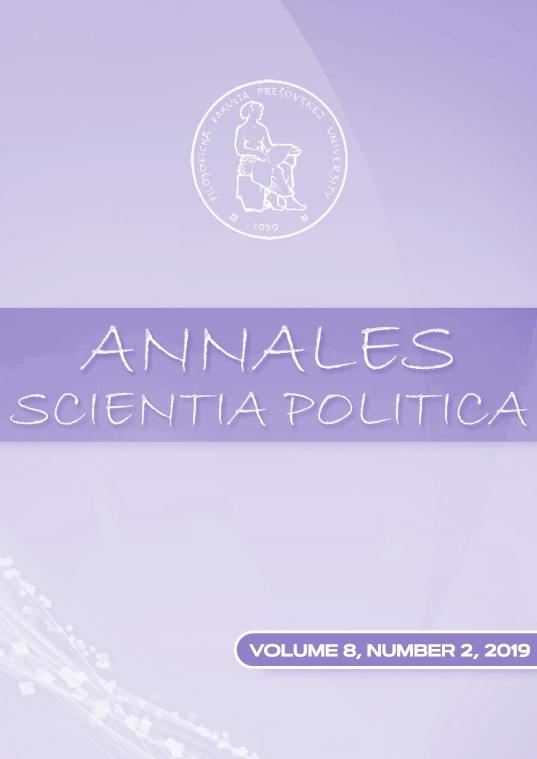Vysvětlení rozdělení společnosti v Česku po roce 2013 – postrokkanovské konfliktní linie?
An explanation of the divisions in Czech society since 2013 – postRokkan conflict lines?
Author(s): Daniel SvobodaSubject(s): Governance, Electoral systems
Published by: Prešovská univerzita v Prešove, Filozofická fakulta, Inštitút politológie
Keywords: Czech presidential election;European migrant crisis;Populism;Post-Rokkan cleavages;Ukrainian crisis;
Summary/Abstract: This article shall deal with an investigation of changes within Czech society and within its political persuasion and behaviour. It will be based on familiar theories of dividing lines or cleavages, and make use of their innovative character in the form of “post-Rokkan cleavages”, which enable a better understanding of the new dividing lines which have begun to manifest themselves pronouncedly, especially since the end of the 1960s. The article shall familiarise readers with the classic theories of cleavages as presented by Stein Rokkan and Seymour Martin Lipset, as well as with post-Rokkan concepts of cleavages as conceived by Arend Lijphart and Ronald F. Inglehart. It is precisely these concepts that the article shall apply to Czech society since 2013. The year 2013 has been chosen as a milestone when Czech society began to divide, in the author's view primarily as a consequence of three key events. According to the author, these events are the direct election of the President of the Czech Republic in 2013, the crisis in Ukraine, emerging from the end of the 2013 onwards, and since approximately April 2015 the current European migrant crisis. Within the context of these three events, the author shall analyse the Czech political and social milieu, linking to the concept of post-Rokkan conflict lines. The entire text is set upon a background of an examination of populism within Czech society, which in the opinion of the author is present in both of the ideological groups emerging as a consequence of the new cleavages that have been generated by the aforementioned three events.
Journal: Annales Scientia Politica
- Issue Year: 8/2019
- Issue No: 2
- Page Range: 28-46
- Page Count: 19
- Language: Czech

